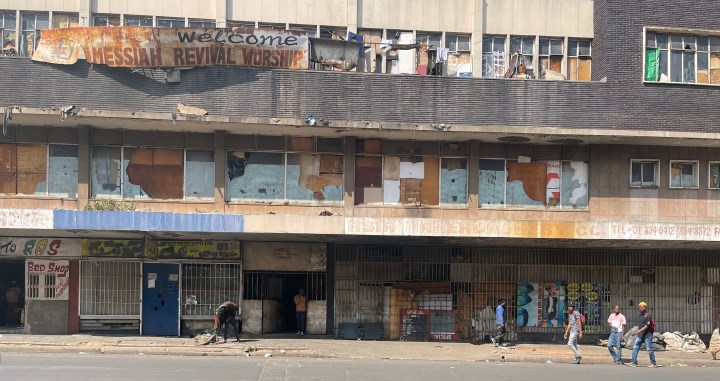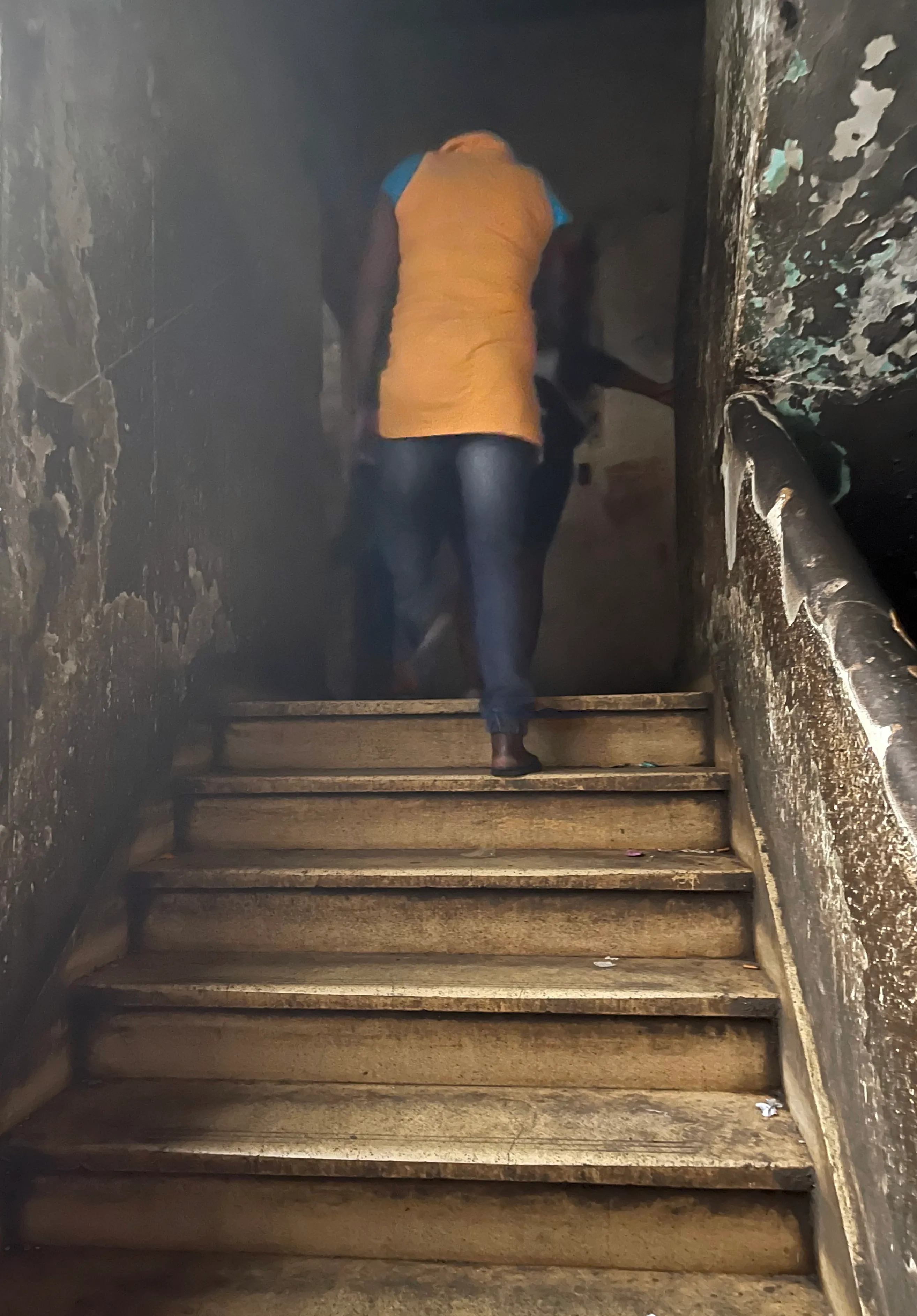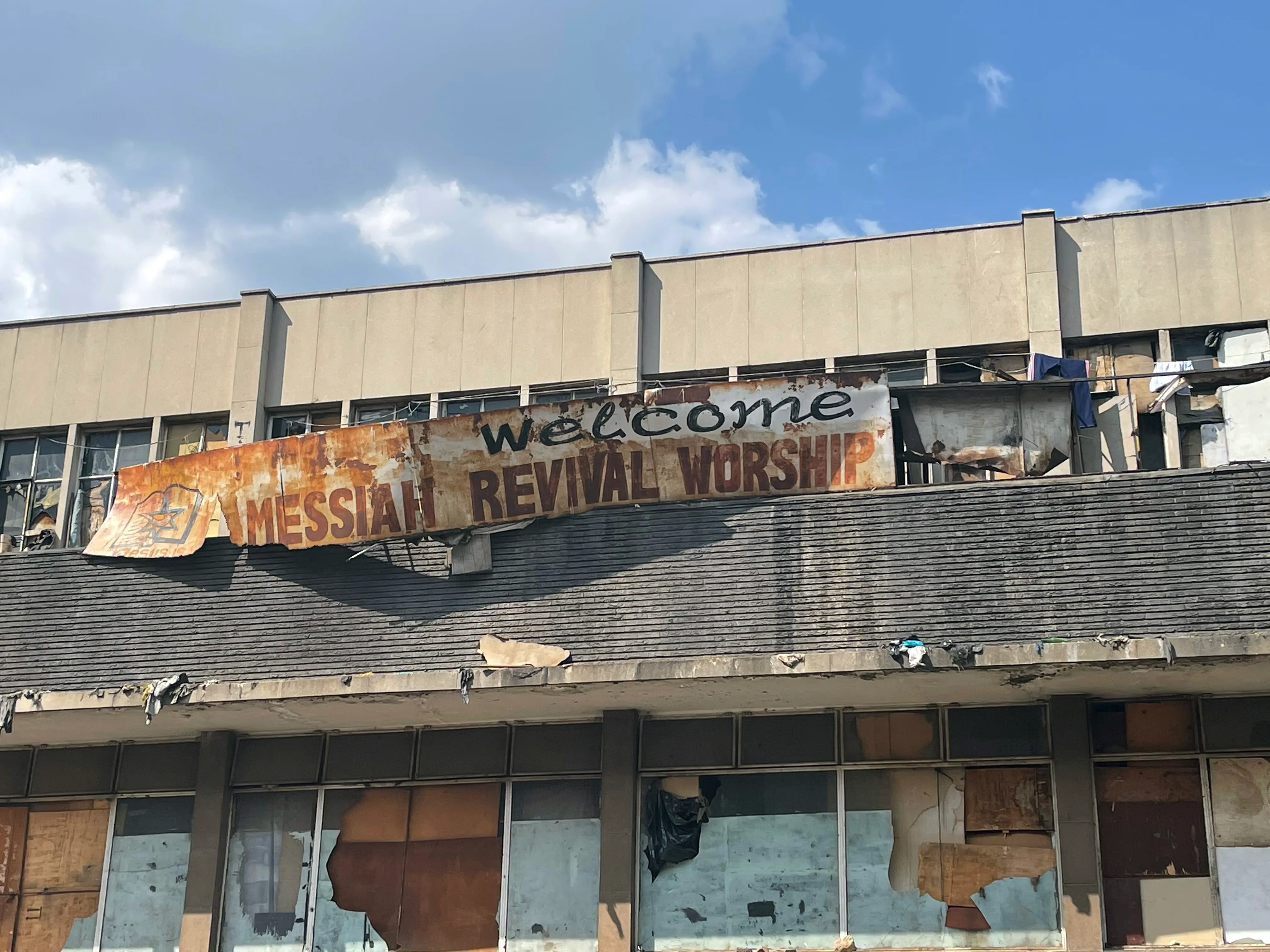URBAN HOUSING CRISIS PART 2:
Mind the gap — solutions to Joburg’s inner-city housing crisis hamstrung by budget constraints

A housing shortage is one of the biggest problems faced by South Africa, with the City of Johannesburg especially struggling.
Daily Maverick has interviewed various experts on how to counter the urban housing crisis in Joburg and around the country.
Read part 1: “Bad to worse — massive gap in rightful housing and basic service delivery for Joburg’s inner city low-income residents”
Inner cities are spaces to live, work freely, learn and play — facets of life previously denied to the majority of South Africans under apartheid. However, under the banner of democracy, the urban poor continue to be marginalised by being denied affordable low-income housing options.
Addressing this inequity would mean undoing many injustices of the apartheid government.
Lebogang Lechuba, marketing communications manager at South African Cities Network, told Daily Maverick it is critical that metropolitan core nodes, with the opportunities to further densify, offer multiple housing options for those with lower and no incomes in the inner city.

Nqobile Zulu, a resident at the Express building in Johannesburg, leads us inside the dilapidated structure. (Photo: Michelle Banda)

Exterior view of the Express building on 44 Nugget Street, downtown Johannesburg which was previously a school and at some point a church. (Photo: Michelle Banda)
She notes that affordable housing in the inner cities requires all stakeholders, including the government, to maximise the use of municipal land and buildings that are underutilised, vacant and underdeveloped.
“It also requires maximising of resources with the use of policies such as the inclusionary housing policy, land value capture tools and the social housing capital grants… for social housing institutions and also other delivery agents such as the private sector,” said Lechuba.
“Then there are innovations and partnerships required between multiple role-players (cities, national departments, banks, and property owners) for rehabilitating sectional title properties, which are a significant portion of hijacked buildings in Johannesburg and are very complex to solve.”
Municipal programmes and budgets
However, the primary responsibility of affordable housing lies in the already overstretched programmes and budgets of municipalities.
In the City of Johannesburg, there is no housing code or a more permanent solution to the growing housing need for the urban poor, as confirmed by the city’s Patrick Phophi.
“The housing department’s strategy is to drill deep into the lowest income groups R0-R3,500… the destitute is encapsulated in the Inner-City Housing Implementation Plan [Ichip — a programme for tackling the housing challenge within the inner city and creating safe, clean and connected communities with access to economic opportunities within the area]. At this time, the programme is solely funded by the city and is not in the housing code. It speaks to the provision of Temporary Emergency Accommodation and Alternative Rental Accommodation,” Phophi said.
‘No interest’ from City of Joburg
Commenting on the Ichip, general secretary of the Inner City Federation Siyabonga Mahlangu said the city had no interest in resolving the low-income housing problem in Johannesburg.
“If they had any interest in resolving the problem they would be engaging with [those] most affected by the problem and or organisations first, to understand the problems and try and find a solution,” Mahlangu said.
“In 2016 we wrote to the city problematising the Ichip concept’s influence on locating the poor on the peripheries, which contradicts the province’s policy which recognises the effects of apartheid spatial policy. Since then we haven’t had engagements on how we can all work together to counter the problem. We were even listed as one of the problems in a progress report of 2016/2017 on problems or hijacked buildings for fighting for the rights of people. And that on its own tells you about the city’s attitude towards the problem.”
Visit Daily Maverick’s home page for more news, analysis and investigations
Author and academic Matthew Wilhelm-Solomon said the city’s critique of “bad” buildings often goes further than the assertion that they are simply unhealthy or unsafe. The city is of the view that these buildings are hives of criminality, which degrade the public environment and defeat the purpose of inner-city renewal, he said.
As a result, its prescription for most of these buildings is that they are closed down and or returned to their owners so they can contribute to the economy of the city — a euphemism for evicting the building’s occupants and sealing them off — as part of an intensive programme of by-law enforcement. This is often described by the municipality itself as a series of “reclaim programmes”, as echoed by Lucky Sindane, the spokesperson for Joburg’s Group Forensic and Investigation Service Unit in an interview with eNCA.
Some of these “bad” buildings are then sold off for commercial development, while others are upgraded for well-managed, low-cost housing. A good example of this is the notorious Cape York building on the corner of Jeppe and Nugget streets in downtown Johannesburg which was refurbished and turned into luxurious student accommodation.
Wilhelm-Solomon stressed the necessity of attaching humanity to the residents of inner-city Johannesburg.
A housing crisis treated as ‘criminality’
“I think the label of “hijacking” becomes misleading because we are treating essentially what is an urban housing crisis as criminality … because the majority of occupiers are informal workers, unemployed, beggars, communities living with disabilities… labelled under the category of hijackers and have become targets of raids.
“Without denying that there is criminality in some of these buildings, but the framing of the issues [as] criminality has been counterproductive to address what the real issue is: … an urban housing crisis.”
Read more in Daily Maverick: “Author Matthew Wilhelm-Solomon sheds light on inner-city Joburg’s ‘dark’ buildings”
Edward Molopi, a research and advocacy officer at the Socio-Economic Rights Institute of South Africa says the state ought to use its resources for creating housing in the inner city and not criminalising and dehumanising the victims of the crisis.
He says resolving this issue has required private and public sectors to play a critical role in the delivery of affordable accommodation opportunities. Yet, the city’s strategy has largely been to encourage the private sector to develop affordable rental housing.
‘Affordable’ prices out of reach
“Under this strategy, property developers would take control of the properties with the support of the city, evict the occupiers and refurbish them to attract higher rentals. While these are often marketed as ‘affordable housing’, the prices are often out of reach for the majority of inner-city residents and thus contribute to the housing crisis in the inner city.”
Lechuba notes that financial constraints affect the development of affordable accommodation in inner cities, including the need for cost-effective green innovations for infrastructure, services and maintenance partnerships between the cities and their respective stakeholders. Such constraints also counter opportunities to ensure that affordable units are safe spaces to live in the long term.
She argues that cities should be examining their rates and services charges for buildings where affordable accommodation is being offered, as one charge (ie refuse charge of R200 per month for one unit) can price out those who can barely afford their units.
“While the government’s housing policy framework is solid and much has been achieved in terms of housing delivery since 1994, more needs to be done to counter the urban housing crisis in South Africa. Inner cities require a much more dedicated and developmental housing response to tackle issues of homelessness and informal or “hijacked” inner-city buildings.
“To truly tackle the challenges that inner cities are facing, housing alone is not the solution. An integrated approach is needed that brings together economic development, transport, service delivery and maintenance,” concluded Lechuba. DM



















 Become an Insider
Become an Insider
Comments - Please login in order to comment.